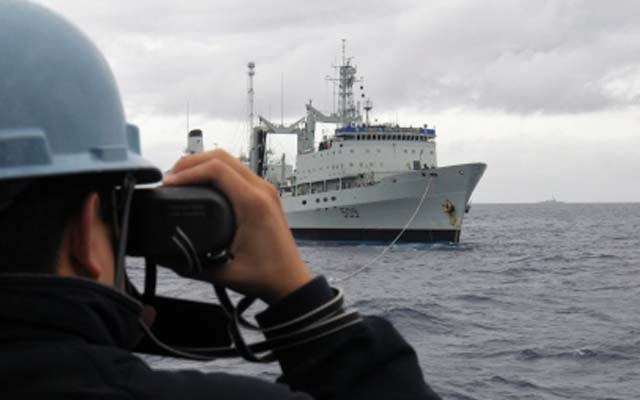The Royal Canadian Air Force (RCAF) is responsible for providing all military aircrafts essential to the defence of Canada and the security of Canadians.
In March 1947, the RCAF took delivery of seven Sikorsky H-5 helicopters for training and search-and-rescue purposes. With that, the RCAF’s rotary-wing fleet was born. Since then, the fleet has grown significantly to include a range of aircrafts from the CH-124 Sea King, the CH-148 Cyclone, the CH-149 Cormorant, the CH-146 Griffon and the recently acquired CH-147F Chinook. Canada’s military helicopters deliver a spectrum of capabilities which support and enable domestic and international operations undertaken by the Royal Canadian Navy (RCN), the Canadian Army (CA), and Special Operations Command (SOFCOM).
While the ongoing saga of the RCAF’s CH-124 Sea King’s decommissioning and the CH-148 Cyclone acquisition process have highlighted recurring complications in Canada’s military acquisition system, the RCAF continues to renew its rotary-wing fleets; a process not without its complications.
CH-149 Cormorant: Canada’s Big Yellow Bird
With an impressive 1300km range, ability to hover in extreme winds and anti-icing kit, the RCAF’s CH-149 Cormorant is an ideal platform for search-and-rescue (SAR) operations in some of Canada’s harshest climates.
Based in Gander, Newfoundland, Greenwood, Nova Scotia and Comox, British Columbia, the Cormorants perform well in a wide range of situations. From conducting joint SAR training exercises with the Icelandic Coast Guard, to supporting Royal Canadian Navy operations, to rescuing injured skiers on the mountains of British Columbia, to assisting crew members on fishing vessels on the North Atlantic, the Cormorants have upped the Canadian Armed Forces’ (CAF) SAR capabilities.
They came into service following an acquisition process that best exemplifies the problems caused by short-sighted political opportunism.
During the Mulroney government, two maritime helicopter procurement projects were initiated. First, the New Shipborne Aircraft (NSA) project was launched in 1985 with the objective of replacing the Sea Kings which had been in operation since 1962. A few years later, the New Search and Rescue Helicopter (NSH) project was launched to find a new dedicated SAR aircraft. In July 1992, European Helicopter Industries (EHI) won a combined contract for the delivery of 50 EH-101s for both the NSA and NSH projects valued at $4.4 billion.
The $4.4 billion price tag became an easy target during the 1993 federal election as Canada faced an economic recession and shrinking defence budget for capital acquisitions. Party Leader Jean Chrétien was able to capitalize on the issue and famously described the EH-101s as the ‘Cadillac’ of maritime helicopters. He argued for cheaper alternatives and promised to cancel the deal if elected. He delivered on this promise shortly after his government came to power and Canada was forced to pay $478 million in cancellation fees.
Déjà-vu
The new liberal government forged on with plans to purchase a SAR aircraft. In what can only be described as a Kafkaesque twist of events, the government awarded EHI a new contract valued at $790 million for the delivery of 15 EH-101 helicopters in January 1998 following a competitive selection process. Canada took delivery of the 15 EH-101, redesignated CH-149 Cormorant, between 2001 and 2003.
The RCAF currently operates 14 CH-149 Cormorants. On 13 July 2006, Tusker 914, crashed off the coast of Nova Scotia. Three crew members died in the accident.
DND recently updated its Defence Acquisition Guide (DAG) for 2016 which outlines the department’s short to long-term procurement and replenishment plans. The updated guide announces midlife upgrades for the Cormorants including electro-optic and an infra-red search capability. At an estimated cost between $500 million and $1.5 billion, the CH-149s service will be extended to at least 2040.
Photo: “AgustaWestland CH-149 Cormorant” (2015), by CambridgeBayWeather via Wikimedia. Licensed under CC BY-SA 4.0
Disclaimer: Any views or opinions expressed in articles are solely those of the authors and do not necessarily represent the views of the NATO Association of Canada.




